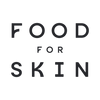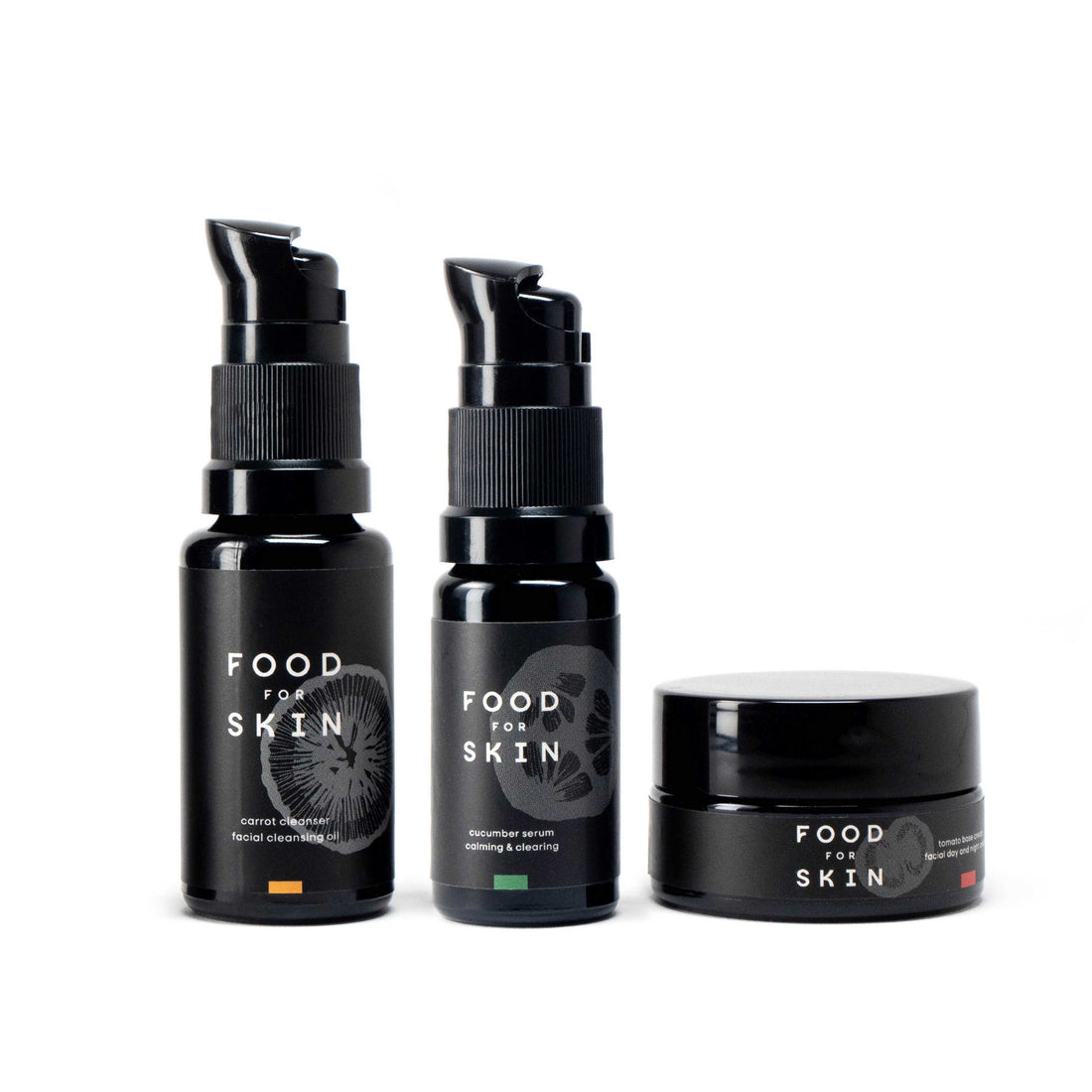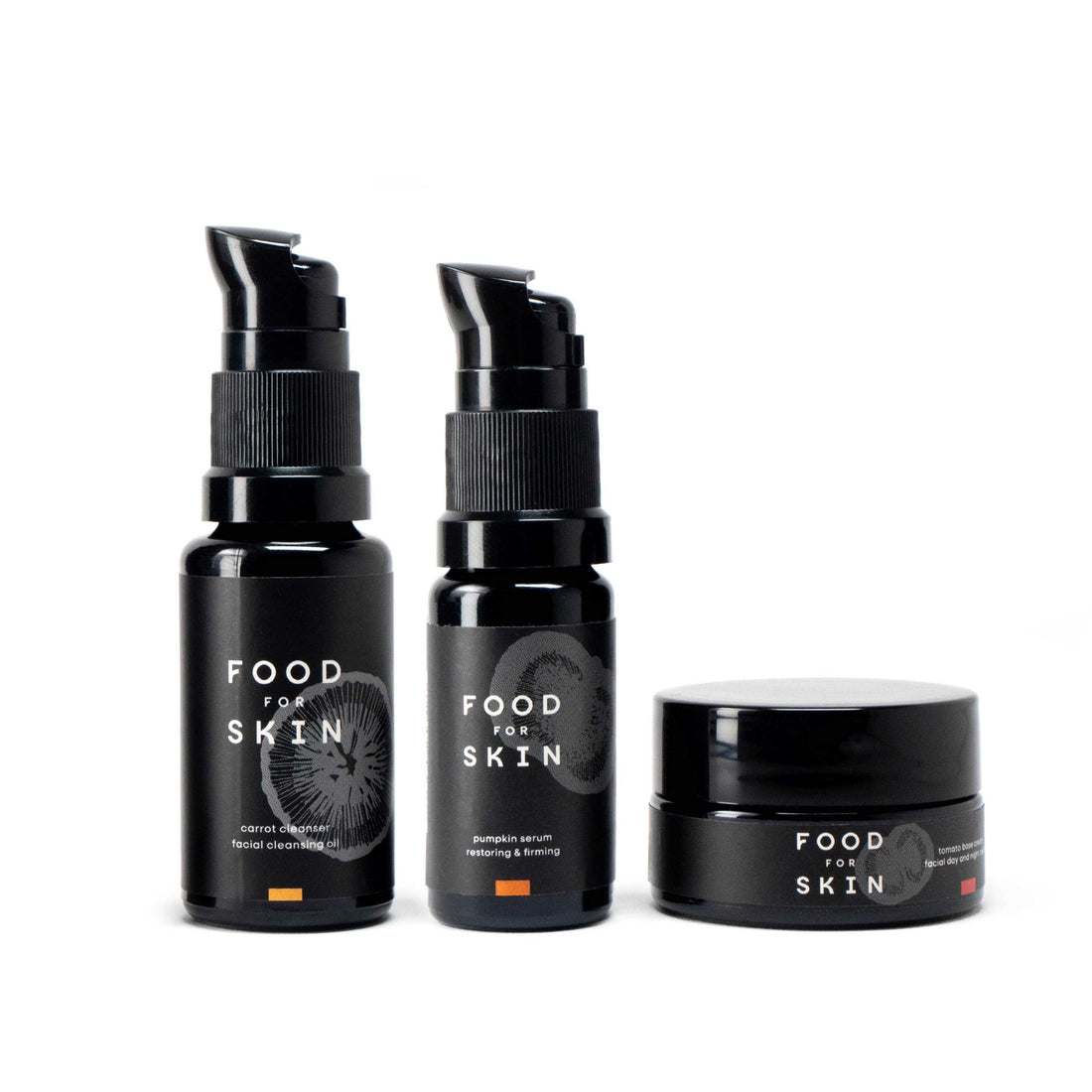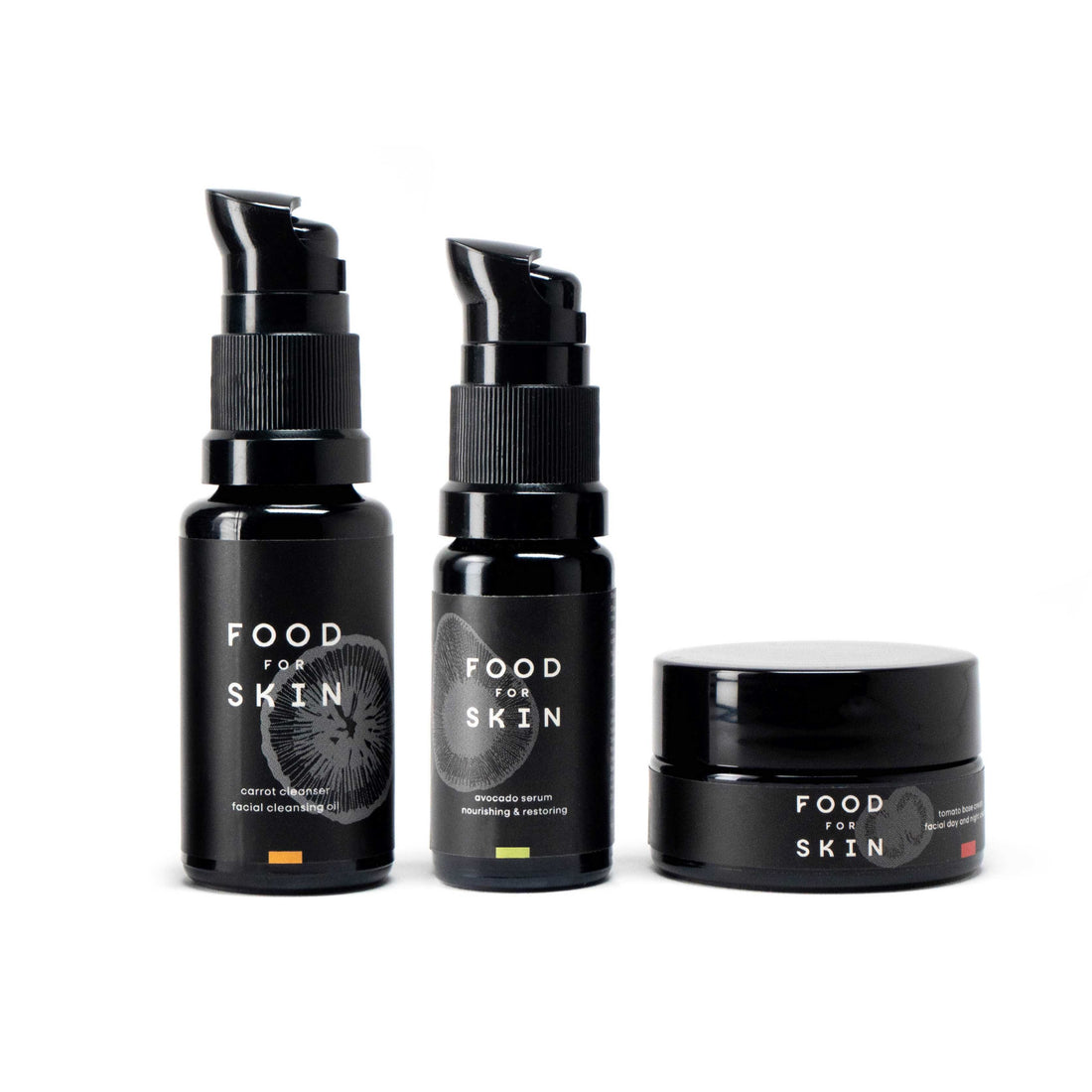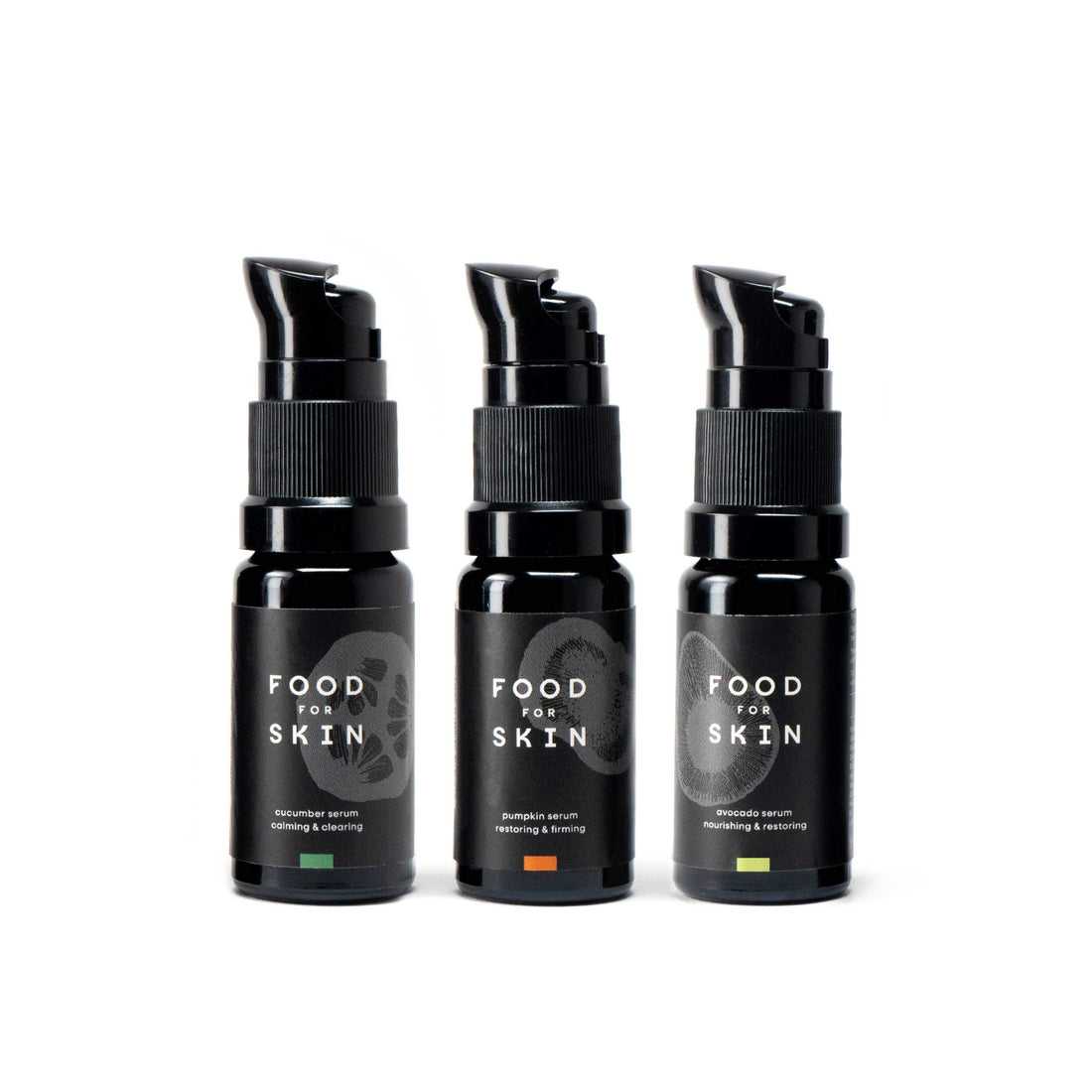Upcycling in cosmetics uses residual materials or by-products from other production processes to create new, high-quality cosmetic products. It is called 'upcycling' because it adds value to a raw material. It is a step more valuable than recycling. With recycling, you reuse something. With upcycling, you add value because you use something that would otherwise be thrown away.
Upcycling is good for your skin and the environment
This is a sustainable approach that is not only good for the environment, but also for your skin. Why?
Upcycling is good for the environment
In the production of food, for example, there is still a lot of waste. Leftovers are now often turned into animal feed or destroyed. However, beautiful cosmetic raw materials can still be extracted from these (biological) residual flows. Upcycling helps to reduce waste and contributes to a cleaner and greener world for future generations.
Quality remains high with upcycling
Upcycling certainly does not mean that the quality of the products is compromised. In fact, (organic) high-quality ingredients are often used that might otherwise be lost. For example, lycopene would normally come from 'new' tomatoes. Lycopene is a cosmetic ingredient that is added to creams by many brands because it is so fantastically protective. But Food for Skin believes that food should first and foremost be intended to feed mouths. And if there is anything left over... we like to use it to make the skin stronger! If we have a choice, we always choose upcycled ingredients. In our case, we use the peel, seeds and juice of tomatoes from a pasta sauce factory in Italy, which they do not use for the sauce! Unfortunately, that choice is not always available yet, but work in progress.
The strength of the products is paramount
Food for Skin only chooses those natural ingredients that really make your skin stronger and more resilient according to our skin philosophy. And then we investigate which of those ingredients we can obtain from upcycling. And not the other way around! Why not? In order to really make an impact, the product must be of top quality. Because a nice story alone is not enough. So we always go for that top quality (of course 100% natural, vegan and as local as possible) and then we go the extra mile to obtain the ingredients from upcycling. Strangely enough, those ingredients are still more expensive than new/virgin ingredients because those flows are not yet optimally set up and a lot of manual work is involved, but that does not bother us. We do not compromise on price or quality!
Upcycling creates innovation
Upcycling encourages cosmetic companies to be creative and find new ways to reuse materials. In this way we hope to positively inspire the beauty industry that it is possible! Maximum impact on your skin, minimum impact on the planet!
How Food for Skin uses upcycling for cosmetics
- Lycopene (antioxidant) from tomato skins. Of course, that's in our bestseller, the Tomato Base Cream . We use the leftover seeds, skins and liquid from an Italian pasta sauce factory.
- Avocado oil. Avocados themselves are not very sustainable, because you need a lot of water to grow them. That is why Food for Skin uses oil in the Avocado Serum from rejected avocados that are too 'ugly' for the market.
- The SPF30 contains no less than 3 upcycled ingredients. 1 of which is raspberry seed oil. A by-product of a juice producer. They use the juices, but not the seeds. These are collected and beautiful oils are pressed from them in a cosmetic lab. The bisabolol and bilberry seed oil also come from upcycling. The berries and flowers are processed in the food industry and oil and extract remain there, which is then formed into an approved cosmetic ingredient.
- In the Soothing Lipbalm we use a wonderful plum seed oil to keep the moisture in the lip. This is extracted from the pit of the plum that remains after processing in food.
How can you integrate upcycling in cosmetics into your daily skincare routine?
- Read the labels: Look for cosmetic products that contain ingredients that have been obtained through upcycling. Look for terms like "upcycled," or "repurposed."
- DIY options: Consider making homemade beauty products using leftover food or other natural resources. There are many recipes and tutorials available online. Be sure to pay attention to hygiene. It is not for nothing that cosmetic companies are closely monitored for hygiene and shelf life of products!
Let us together embark on the path to a brighter future, both for ourselves and for the generations that come after us.

